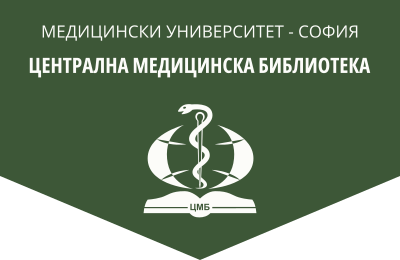Ventricular septal defect in children and adults: morphology, hemodynamics and behavior
General Medicine, 2024, 26(3), 41-54.
E. Levunlieva1, A. Ivanov1, K. Nenova1
1 Clinic of Pediatric Cardiology, National Heart Hospital ‒ Sofia
2 Department of Internal Diseases “Prof. St. Kirkovich”, Medical University ‒ Sofia
Abstract. The ventricular septal defect (VSD) is a type of congenital heart malformation (CHM) with left-to-right shunt. This defect accounts for 20% to 40% of all CHMs. Ventricular septal defects can be single or multiple, isolated or associated with other congenital heart malformations. Based on the location, interventricular defects are perimembranous, subarterial, inlet and muscular. The prevalence of perimembranous defects is highest (75% to 80% of all VSDs), followed by muscular (approximately 10%), subarterial (5% to 10%), and inlet defects (approximately 5%). Based on hemodynamic influence which is related to the size of the defect, VSDs are classified as restrictive, moderately restrictive and non- restrictive. In patients with not closed VSD, complications such as left-to-right shunt progression with left ventricular volume overload, infundibular pulmonary stenosis, aortic regurgitation in cases of subarterial and less often in perimembranous defects, pseudoaneurysm as a result of spontaneous closure of the defect by aortic valve leaflet tissue in supracristal defects and by tricuspid valve tissue in perimembranous defects, arrhythmias, infective endocarditis, pulmonary hypertension and Eisenmenger’s syndrome can be observed. In most cases, closure of the defect is surgical, and successful transcatheter VSD closure is possible in carefully selected cases with a perimembranous or muscular VSD.
Key words: ventricular septal defect, morphology, hemodynamics, management
Address for correspondence: E. Levunlieva, e-mail: levunlieva@gmail.com
